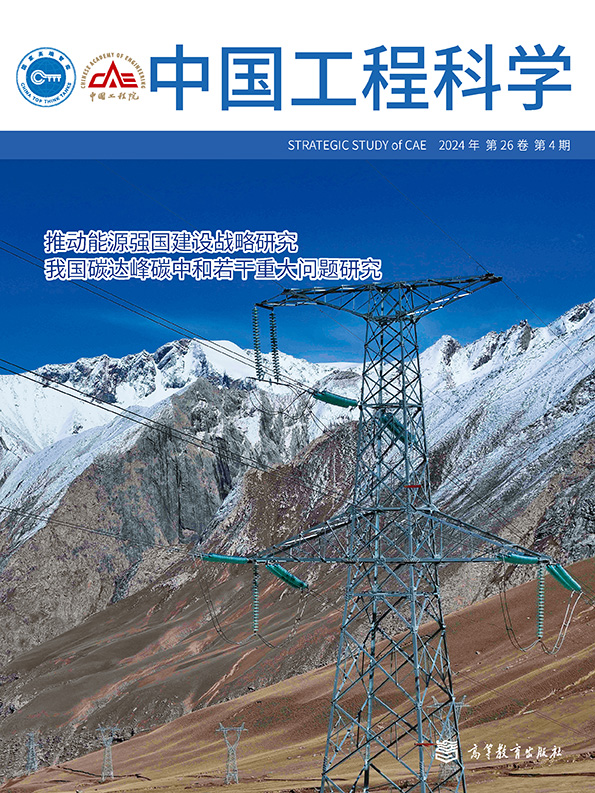2050年中国农业发展展望与政策
引用次数: 3
摘要
要实现共同富裕,就要使农业劳动生产率和其他非农业劳动生产率趋于平衡。中国农业劳动生产率还不到制造业和服务业的三分之一。我们对农业发展趋势的分析表明,要保障国家粮食安全,必须通过内部分工来提高农业劳动生产率。养殖业要向规模化、现代化发展转型,种植业要转变为20%的大户生产80%的农产品或贡献20%的附加值,80%的小户生产20%的农产品或贡献80%的附加值的新格局。规模农户主要生产包括粮食在内的大宗农产品,以确保粮食安全;小规模农户发展高价值农业,以确保收入增长。大农和小农的劳动生产率最终趋同,实现共同富裕,这是中国农业发展的必然,也是符合国家实际的理想愿景。然而,转型新模式任务艰巨,需要政府作出重大战略部署,完善土地流转市场,优化农业科技创新体系和人才能力建设体系,建立实现农业现代化的组织保障体系。本文章由计算机程序翻译,如有差异,请以英文原文为准。
Development Visions and Policies of China's Agriculture by 2050
: To achieve common prosperity, we need to equalize the labor productivity in agriculture with that in other non-agricultural sectors. China’s agricultural labor productivity is less than 1/3 of that in the manufacturing and service industries. Our analysis on the trend of agricultural development suggests that it is essential to raise the agricultural labor productivity through internal labor division to ensure national food security. The breeding industry needs to transform toward scaled and modernized development and the planting industry needs to change to a new pattern — 20% of large-scale farmers produce 80% of agricultural products or contribute 20% of added value while 80% of small-scale farmers produce 20% of agricultural products or contribute 80% of added value. Large-scale farmers mainly produce bulk agricultural products including grain to ensure food security while small-scale farmers develop high-value agriculture to ensure income growth. Eventually, the labor productivity of large- and small-scale farmers will converge to achieve common prosperity, which is inevitable for China’s agricultural development and is an ideal vision in line with national realities. However, the task of transforming to the new pattern is arduous, and the government needs to make major strategic deployments development, improve the land transfer markets, optimize the innovative system of agricultural science and technology as well as the human capacity building system, and establish an organizational guarantee system to realize agricultural modernization.
求助全文
通过发布文献求助,成功后即可免费获取论文全文。
去求助
来源期刊
自引率
0.00%
发文量
4428
期刊介绍:
"Strategic Study of CAE" is supervised by the Chinese Academy of Engineering, hosted by the Strategic Consulting Center of the Chinese Academy of Engineering and Higher Education Press Limited Company, and published by the Strategic Study of CAE Editorial Department. This journal is one of the "1+9+1" series of journals of the Chinese Academy of Engineering, and its editorial board is the Consulting Working Committee of the Chinese Academy of Engineering.
This bimonthly journal is published in Chinese. It is a core Chinese journal and a core journal of Chinese science and technology, included in the Chinese Science Citation Database (CSCD), the Japan Science and Technology Agency (JST) database, and the Swedish DOAJ database.
The journal is positioned as an academic journal for strategic consulting in engineering and technology, mainly publishing academic papers that reflect the results of strategic consulting research in China's engineering and technology. It aims to provide counsel for the government's scientific decision-making, guidance for the industry's scientific development, and references for related academic research.

 求助内容:
求助内容: 应助结果提醒方式:
应助结果提醒方式:


